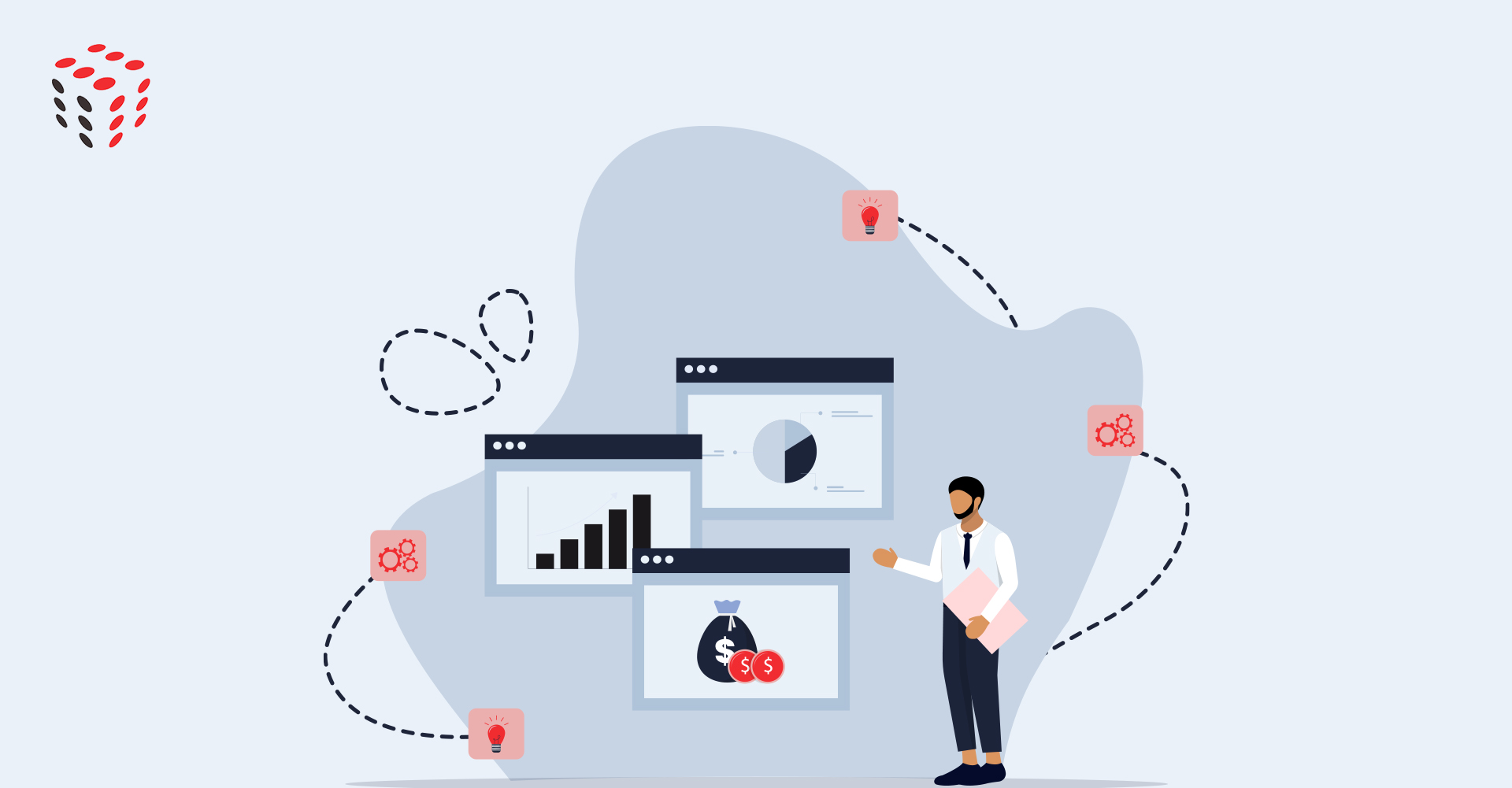
Resources > Blog > How to Calculate the Tangible ROI of a Good Expense Management Software
How to calculate the tangible ROI of a good expense management software

Effectively measuring the return on investment (ROI) of an expense management software is a critical aspect of any software investment decision, as it helps to determine the overall value and impact of the software on the business. Measuring the ROI of expense management software is crucial because it helps to understand the financial benefits derived from the investment. Expense management software is designed to automate and streamline the process of tracking, reporting and reimbursing expenses; therefore, it is vital to determine its impact on the bottom line. In addition, the ROI calculation provides a clear picture of the cost savings, increased productivity and improved efficiency that result from using the software.
If the software helps reduce expenses by $20,000 annually, the ROI can be calculated as 20%. This means the company is making a 20% return on its investment every year. This information is crucial for making informed decisions.
Tangible and intangible ROI
Tangible Return on Investment (ROI) is a financial metric that measures a company’s actual economic benefit from an investment, such as a software purchase. It is calculated by dividing the net benefit (the revenue generated minus the cost of the investment) by the cost of the investment and expressing this as a percentage. The significance of measuring tangible ROI in the context of a software investment lies in its ability to provide concrete, quantifiable evidence of the value generated by the software. This helps organisations make informed decisions about whether to continue investing in the software or to allocate resources elsewhere.
Intangible ROI, on the other hand, measures the non-financial benefits of an investment, such as improved customer satisfaction or increased employee productivity. While intangible ROI can be substantial in providing a complete picture of the impact of an investment, it can be challenging to quantify and is often subjective. It’s important to note that both tangible and intangible ROI are valuable metrics, and the best way to measure the ROI of software investment is to consider both tangible and intangible benefits. For example, while a software investment may not have a high tangible ROI, it may provide significant intangible benefits, such as improved efficiency, that are crucial to the business’s success.
Factors to consider in calculating tangible ROI
Calculating an expense management software’s tangible return on investment (ROI) is a critical aspect of evaluating its value proposition. Several factors must be considered when calculating the tangible ROI of software investment.
- Cost Savings: One of the primary benefits of expense management software is that it automates many manual tasks, reducing the time and resources required to process expenses. This results in cost savings, which should be considered when calculating the tangible ROI.
- Productivity Gains: Another factor to consider is the productivity gains achieved through expense management software. For example, automating expense reporting and approval processes can lead to faster and more efficient expense management, freeing up employees’ time for other tasks.
- Improved Data Accuracy: With expense management software, companies can capture expenses in real time and improve data accuracy by eliminating manual data entry errors. This results in more accurate financial reporting, which is essential for effective financial management.
- Increased Visibility and Control: The use of expense management software can provide organisations with increased visibility into their expenses, allowing them to identify and manage costs more effectively.
- Cost of Implementation: The cost of implementing the expense management software must also be considered when calculating the tangible ROI. This includes the cost of licenses, hardware, and any other expenses related to the implementation process.
Tangible benefits and costs can be quantified and measured in monetary terms. For example, the cost savings from reduced manual labour can be calculated by estimating the number of hours saved and the employees’ hourly rate.
Step-by-step guide to calculating tangible ROI
Calculating the tangible return on investment (ROI) of expense management software is a crucial step in determining the effectiveness and efficiency of the software. The following is a step-by-step guide to help you calculate the tangible ROI of expense management software:
- Determine the Initial Cost: This includes the cost of the software, installation fees, training costs, and any other expenses incurred in the implementation process.
- Determine Ongoing Costs: This includes the cost of software maintenance, upgrades, and support.
- Determine the Expected Benefits: This includes cost savings from improved accuracy and efficiency in expense tracking, reduced manual labour, and improved compliance with company policies.
- Calculate Tangible ROI: The formula for tangible ROI is: Tangible ROI = (Benefits – Costs) / Costs
Tangible benefits and costs can be quantified and measured in monetary terms. For example, the cost savings from reduced manual labour can be calculated by estimating the number of hours saved and the employees’ hourly rate.
Conclusion
Calculating the tangible ROI of expense management software is crucial for organisations to assess the value and impact of their investment. By considering initial and ongoing costs, expected benefits, and cost savings, organisations can accurately measure the return on investment and make informed decisions about their software investments. The step-by-step guide in the blog post outlines the process of calculating the tangible ROI, and a simple formula can be used to determine the ROI in terms of percentage.
It is important to emphasise that accurately measuring the ROI of expense management software can provide valuable insights into the cost-effectiveness and productivity gains achieved by the organisation. This information can be used to make informed decisions about future investments and maximise the value of the software. We encourage readers to try out the step-by-step guide and share their results in the comments section. This will provide valuable insights into the tangible ROI of expense management software and help organisations make informed decisions about their investments.




